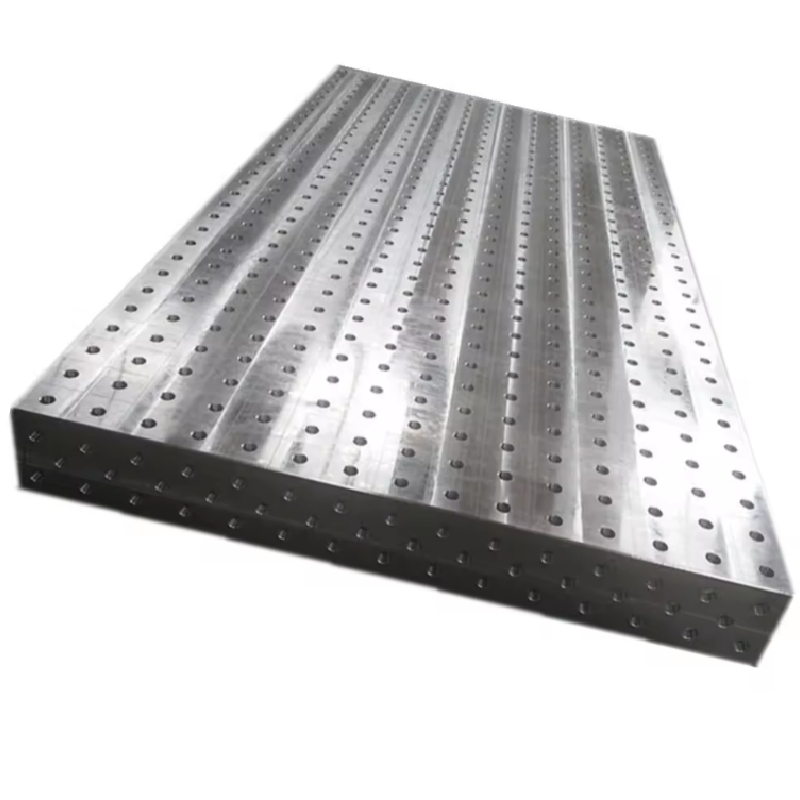Oct . 18, 2024 15:28 Back to list
Understanding Different Types of Thread Gauges and Their Applications
Understanding Thread Gauge Types A Comprehensive Guide
Thread gauges are essential tools in the manufacturing and engineering sectors, used primarily to measure the pitch and diameter of threads on bolts, screws, and other fasteners. Understanding the different types of thread gauges is crucial for quality control, ensuring that screws and bolts fit together perfectly, and that machinery operates smoothly. In this article, we will explore the various types of thread gauges, their functions, and their applications.
1. Types of Thread Gauges
When discussing thread gauges, we generally categorize them into several main types
- Go/No-Go Gauges These are the most common types of thread gauges used in industry. A Go gauge checks if the thread form is acceptable, while a No-Go gauge tests whether it exceeds specified limits. If a bolt passes the Go gauge but fails the No-Go gauge, it meets the necessary standards.
- Pitch Gauges These gauges are designed to measure the pitch of the threads. Pitch is the distance between adjacent threads, and it’s crucial for ensuring compatibility between threaded components. Pitch gauges usually consist of a series of teeth or blades, each corresponding to a specific pitch measurement.
- Thread Calipers These precision tools measure the diameter of threaded objects. They can be digital or mechanical, allowing for highly accurate measurements across a variety of thread sizes and types.
- Plug Gauges Plug gauges are cylindrical tools used to measure internal threads. They come in Go and No-Go types, similar to other gauges, and are essential for checking the thread alignment and dimensional accuracy of holes.
- Thread Rings These gauges are specifically used for checking external threads. Made to the same standards as plug gauges, thread rings can verify external thread dimensions, thus ensuring proper fit with nuts and other threaded pieces.
Thread gauges can be made from various materials, including steel, carbide, and stainless steel. The choice of material often depends on the application and the level of precision required. For instance, carbide gauges, while more expensive, offer higher durability and reduced wear, making them suitable for high-volume production environments.
thread gauge types

3. Importance of Thread Gauges
Thread gauges play a pivotal role in ensuring the quality and compatibility of threaded components. In many industries such as aerospace, automotive, and construction, the precision of threaded elements is critical. Misaligned or poorly fitting threads can lead to catastrophic failures, equipment malfunctions, and increased costs due to repairs and downtime.
Moreover, using thread gauges at different stages of the manufacturing process ensures that components meet industry standards. Regular calibration and maintenance of gauging tools are equally important to maintain measurement accuracy.
4. Best Practices for Use
To effectively utilize thread gauges, follow these best practices
- Regular Calibration Ensure that gauges are calibrated regularly to maintain accuracy. Even minor deviations can have significant implications in precision engineering.
- Use Proper Techniques Familiarize yourself with the correct techniques for measuring threads, including how to hold the gauge securely and apply appropriate pressure during measurement.
- Documentation Maintain detailed records of measurements and any issues encountered during the gauging process. This helps in identifying trends and potential areas of improvement in the manufacturing process.
- Training Proper training for personnel who handle thread gauges is critical. Understanding how to read gauge measurements and interpret results correctly is vital for maintaining quality standards.
Conclusion
Thread gauges are indispensable tools in various industries, ensuring that threaded components meet strict engineering requirements. By understanding the different types of gauges, how to use them effectively, and recognizing their importance in quality control, manufacturers can significantly enhance their productivity and ensure the safety and functionality of their products. Whether it's a simple bolt or a complex machine part, the accuracy provided by thread gauges plays a vital role in maintaining high manufacturing standards.
-
Thread Plug Gauge Requires Careful HandlingNewsJul.29,2025
-
Surface plate calibrationNewsJul.29,2025
-
Ring Gauge Ensures Machining AccuracyNewsJul.29,2025
-
Pad Iron Reinforces Anchor PointsNewsJul.29,2025
-
Ground anchor stabilizes embankmentsNewsJul.29,2025
-
Granite Box Maintains Precision FlatnessNewsJul.29,2025
Related PRODUCTS









